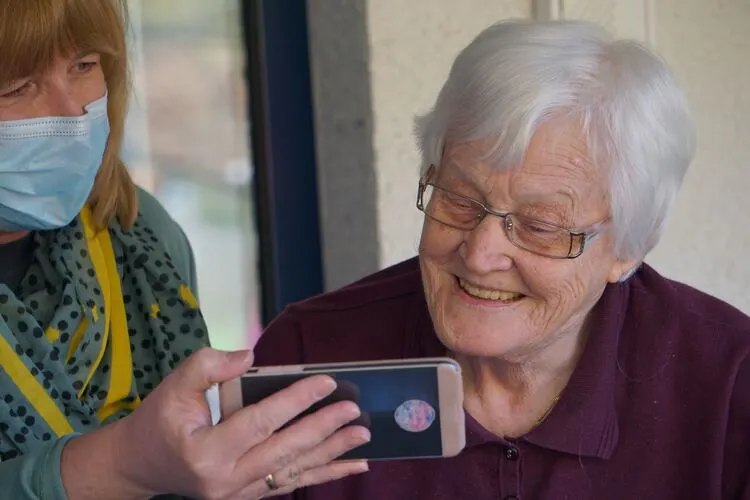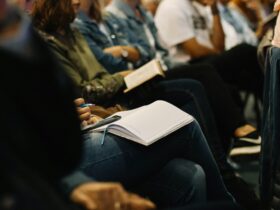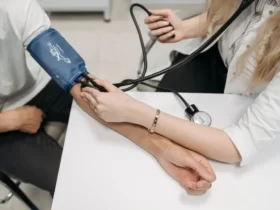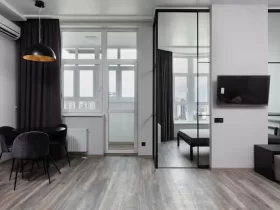Many seniors feel apprehensive about starting an exercise program. Personal trainers must find ways to keep them motivated, comfortable, and safe.
Fitness regimens should be designed according to the client’s physical limitations and medical history. It is also important to introduce exercises slowly. Some options include low-impact cardio and strength training exercises for seniors.

Water Aerobics
A natural side effect of aging is poor coordination, and water aerobics can help seniors cultivate greater flexibility and improve their balance. This is because water allows the body to move in ways that it may not be accustomed to, which can stretch out muscles and improve flexibility over time.
Performing water aerobics regularly can also increase cardiovascular endurance. A small study published in PLOS One found that aging adults who served water aerobics over six months experienced increased volume in their grey matter, associated with memory and cognitive function.
Whether attending an organized class at your local rec center or working out independently, you can achieve a water aerobics workout with minimal equipment. You only need a swimming pool, exercise equipment like noodles or small aquatic weights, and comfortable clothing that won’t restrict your movements.
Chair Yoga
While many believe that flexibility declines with age, there are ways to maintain mobility as one age. Chair yoga is a gentle exercise that allows seniors to move their bodies with minimal stress on joints and muscles.
This workout can help increase balance, reduce pain, and improve strength without putting too much strain on the body. It can also boost confidence and self-esteem. It can also encourage social interaction and build a sense of community.
It’s important to remember that while it’s important for older adults to try incorporating movement into their day, pushing themselves as far as possible without causing injury is equally important. Doing a small amount of physical activity more frequently than doing larger amounts less often is always better.
Arm Raise
Arm raises are a great exercise for building shoulder muscles. They also target the deltoids and trapezius muscles, crucial for maintaining strong shoulders.
To perform this exercise:
- Sit comfortably in a chair and place both hands on the sides of the seat to keep stable.
- Raise one arm laterally across the body and slowly lower it back to starting position.
- Repeat for ten repetitions (known as a set) and then take 30 seconds rest to begin the next round.
Seniors should focus on completing each set to the point that they can comfortably complete a few sets of 10. This will help them build muscle mass and strength in the arms. Strengthening these muscles can improve everyday movements like putting on a coat or lowering groceries from the car.
Toe Lifts
Safety must come first for personal trainers like Alexandra Chipurnoi, who work with clients with restricted mobility. Understanding their clients’ limitations, being aware of the exercises they can and cannot perform, and avoiding movements that could be too demanding for them to finish are all part of this. Adding this simple foot-strengthening exercise to your daily routine can help prevent and treat plantar fasciitis, which makes it difficult to stand and raise your toes. It can also improve posture, balance, and strength.
While it may be difficult initially, this is a great way to increase foot mobility and reduce falls that could lead to serious injury. Stand arm’s length away from a wall without any paintings, decorations, or windows and place your hands flat on it at the height and width of your shoulders. Slowly bring yourself forward against the wall and push back. Repeat this 20 times.
Another variation in this exercise is to splay the toes by sitting comfortably in a chair and writing the alphabet with the big toe. This helps build control over the toe muscles and can be performed on both feet or alternately.
Tai Chi
The ancient martial art of tai chi is gentle and joint-safe. Its fluid movements and focus on breathing and concentration improve balance, strength, and flexibility. It can also boost mood.
Tai chi is often called “moving meditation” because it incorporates slow movements, gentle physical positions, and controlled breath into a meditative practice. It’s also a low-impact exercise that can be done in the comfort of your own home.
The movements in tai chi are choreographed into sets that flow into one another like dance moves. Each style has its distinct activities, which vary from yang (which uses martial arts techniques of kicking and punching) to Chen (the oldest form that emphasizes balance). Wu is more dance-like, and Sun is more advanced and homes in on qi (life force).









